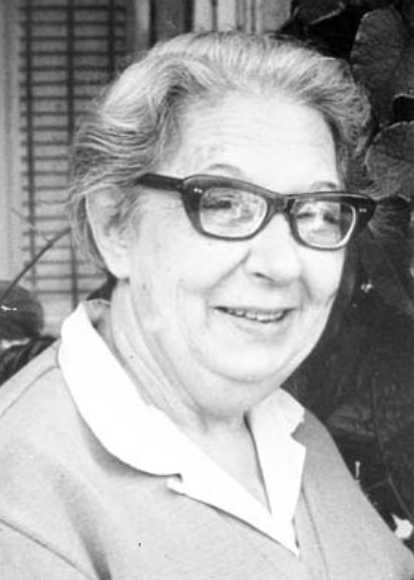4.1.1.21 Poetic confluences in the work of Mirta Aguirre (1912 – 1980)

Mirta Aguirre has been one of the Cuban poets who has demonstrated a mastery of the language and its expressive resources, as well as an ability to navigate diverse thematic areas with successful aesthetic results. She is one of our first poets to posit a different concept of femininity, implicit in that the strength of character prevails over fragility in the face of adverse circumstances, which also strengthens her poetics.
Roberto Fernández Retamar says of his verses: “In all of them there is a concern for the clarity of the image and for the honesty of the expression that, together with an impulse that is not unbridled but alive, offer the example of a serious poetry, from whose intimacy springs a need for offering.”
In this sense, her poetry displays two matrices of sensibility that are not juxtaposed but rather integrated through osmosis: the intimate and the social. Her explorations of her own personality, immersed in moods that function as atmospheres, constitute a way of catapulting herself into the social sphere with greater depth and nourishing her poetic essence with the discoveries derived from her equally profound foray into the social sphere.
Political themes also harmoniously flow into her aesthetic, as the poet early on adopted a militant attitude that she would maintain throughout her life and writing career. Her verses resonated with the themes of this nature typical of the 1940s: anti-fascism, the horrors, and heroism of the Spanish Civil War. In this context, Federico García Lorca was a constant in her admiration and also in her lyrical legacy.
The theme of love burst forth forcefully in her poetry. In this sense, the poet was deeply moved by the loss of love and the ephemeral nature of this feeling; not from an abstract perspective, but rather, her poetry reflects, to some extent, how she was swept up in its vortex. The experiential burden is coupled with an inherent firmness, while remaining an exponent of feminine love.
From her earliest poetic forays, we can see countless readings and authors accompanying her like guardian angels, as well as a mastery of a wide range of classically inspired verse and verse structures, combined with an innate sense of rhythm and rhyme. This would materialize in both tightly structured and, arguably, more radiantly lyrical pieces.
The author’s lyrical culture, however, did not in any way imply a curlicue-like baroque expression, but rather prioritized simple vocabulary, accessible to the masses of readers, all seasoned with a conversational accent that determined a poetics of communication, in which both the immanences of her individual being and the large and small collective smokes converge.








